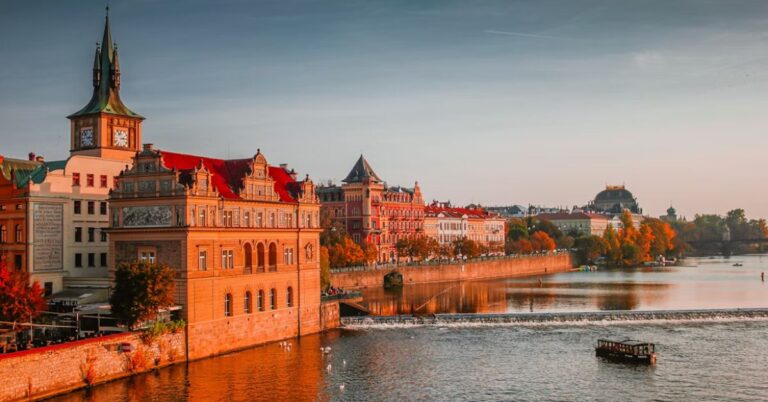15 Potential Viking Settlements Hidden Across Canada
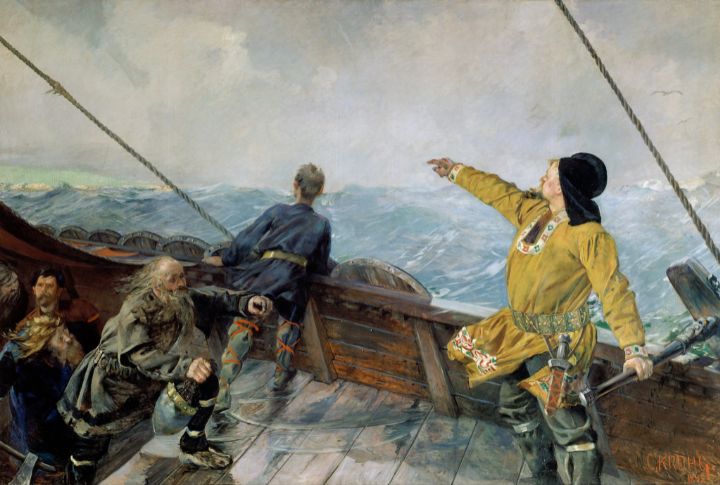
Viking legends often focus on their raids and conquests across Europe, but whispers of their journeys reach even farther. Scattered across Canada are intriguing clues—sites, artifacts, and stories—that hint at possible Norse presence. So, let’s explore 15 potential Viking outposts scattered throughout the country.
L’Anse Aux Meadows
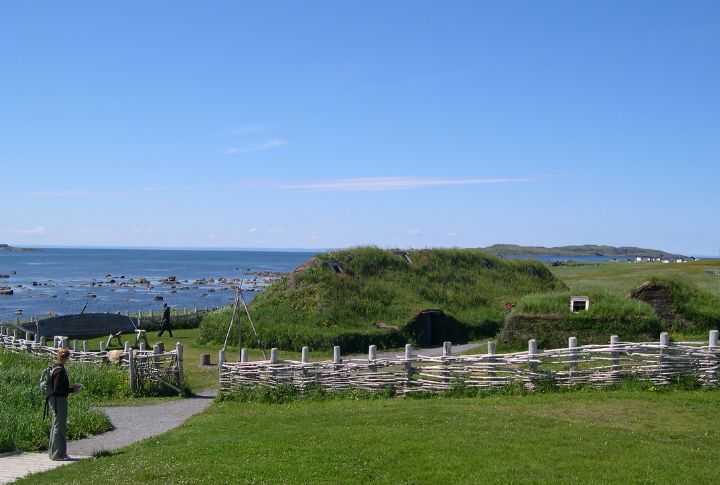
Discovered in 1960, L’Anse aux Meadows is where the Norse established a settlement around 1000 AD, featuring longhouses and tools. This site gives you a rare peek into the Viking exploration of the New World, preserved as a UNESCO World Heritage site.
Markland
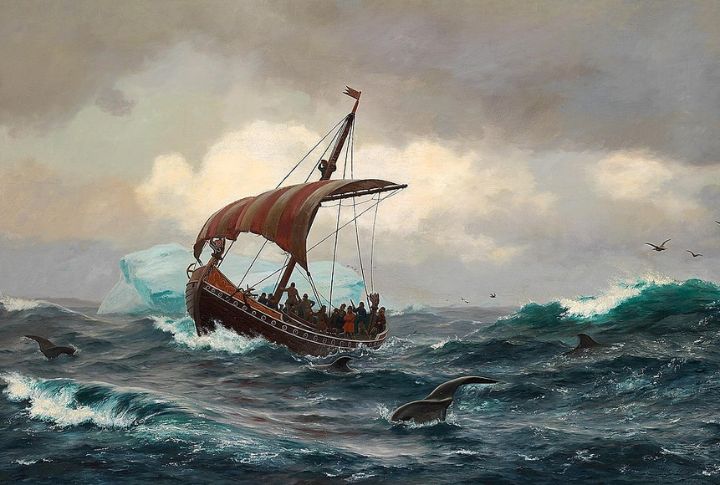
Mentioned in the Vinland Sagas, Markland likely refers to the rich forested lands explored by Vikings. Although not yet conclusively identified, the area could be home to some of the earliest contact points between Norse seafarers and the natural beauty of Newfoundland’s coastline.
Belle Isle
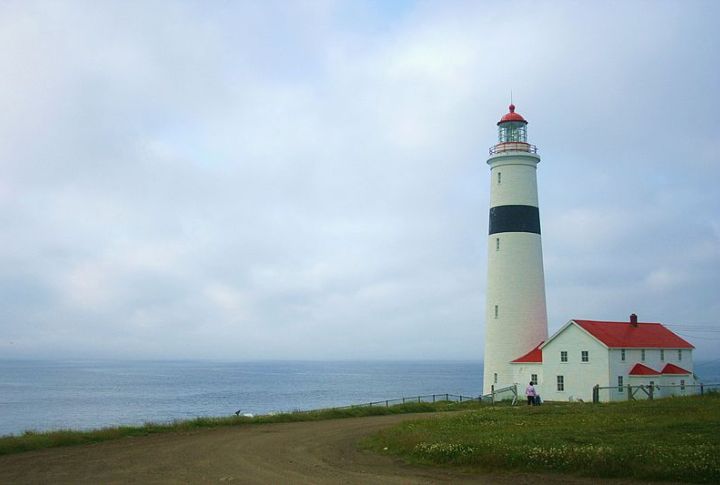
Sitting between two coasts, Belle Isle controlled Labrador Sea traffic. Its rocky shoreline provided natural harbor spots, ideal for Viking landings. While no artifacts confirm settlement, strategic logic supports the theory: Norse sailors likely used it as a navigational marker or emergency anchorage.
Tanfield Valley

Spindle whorls, wool fibers, and European-style whetstones are a few unexpected finds in Tanfield Valley that push scholars to reconsider who reached Baffin Island first. This windswept site shows how Norse techniques might have mingled with Dorset peoples earlier than once believed.
Red Bay
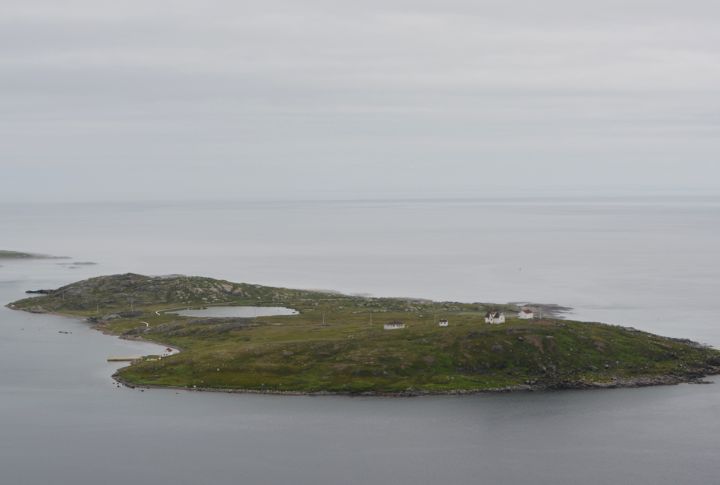
Famous for Basque whalers, Red Bay also whispers of an earlier Norse footprint. Its sheltered harbor and abundant resources mirror Viking settlement patterns. Though no Viking artifacts have surfaced officially, the area’s strategic value suggests it may have once welcomed dragon-headed ships.
Pamiok Island
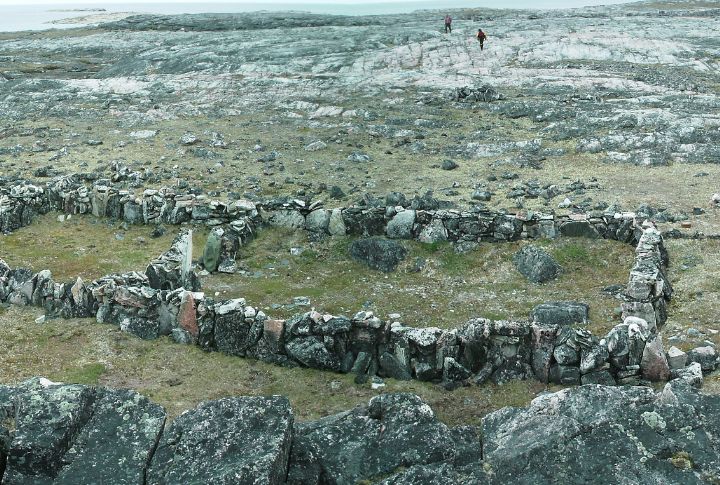
Excavations exposed turf outlines with angles not typical of Inuit dwellings. Wood fragments bore marks made by metallic tools—uncommon in indigenous toolkits of the time. This is how Pamiok Island’s layout keeps it on the radar of those tracing Norse presence in Canada.
Sop’s Arm

Just north of L’Anse aux Meadows, Sop’s Arm hides inlets that resemble Norse descriptions of Vinland. Locals long claimed Viking artifacts emerged from nearby peat bogs. While evidence remains inconclusive, the area’s geography echoes ancient sagas remarkably well.
Iqaluit
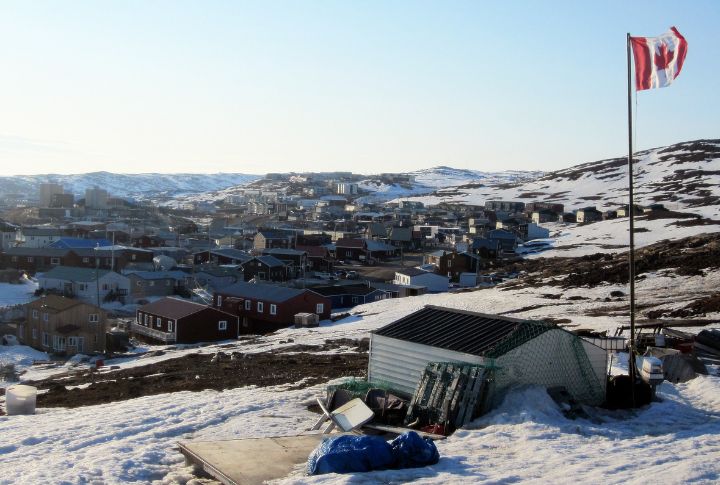
Today’s capital of Nunavut, Iqaluit, was once a vital fishing ground along Frobisher Bay. Here, local stories describe unfamiliar seafarers navigating its coast. Its position along a natural maritime corridor further raises questions about how far Vikings truly ventured.
Labrador Coast
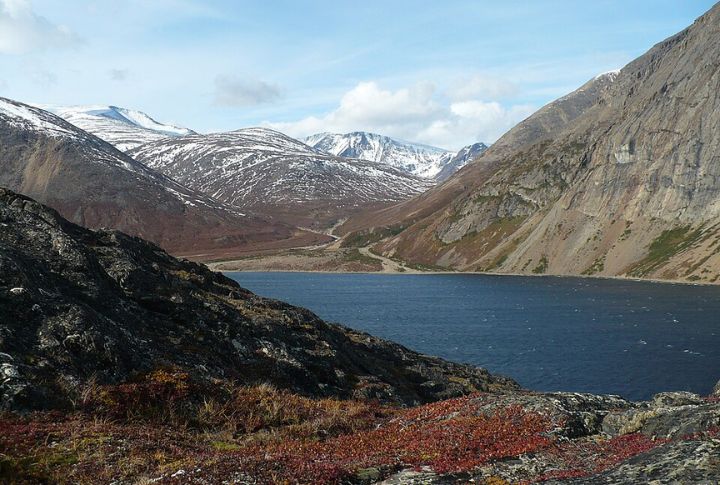
The Labrador Coast, wild and untouched, is a region rich in Viking history. Norsemen could have used the jagged coastlines and abundant resources to establish small settlements or trading posts. It’s easy to picture Viking longships crossing the challenging waters.
Willows Island
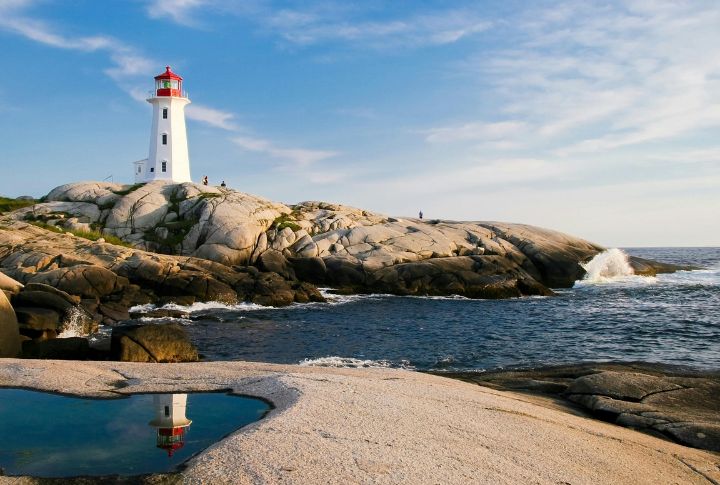
Willows Island, off Nova Scotia’s eastern shore, has stirred curiosity among Viking history enthusiasts for its possible links to Norse exploration. Its mysterious stone formations, coastal location, and local lore hint at a potential Viking waystation used for brief stops.
Axel Heiberg Island
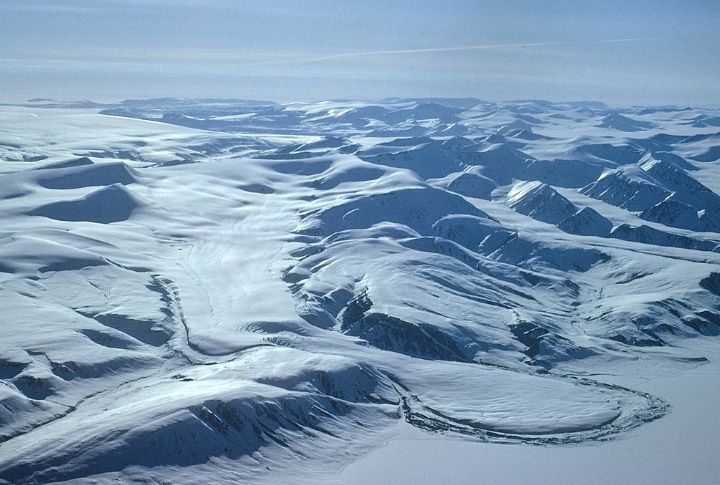
Axel Heiberg stuns with ancient remains that defy explanation—stones resembling ship moorings and tools possibly shaped by iron blades. Viking-style craftsmanship appears out of place in this desolate realm, but if Norse explorers reached it, they conquered the Arctic like no others.
Notre Dame Bay
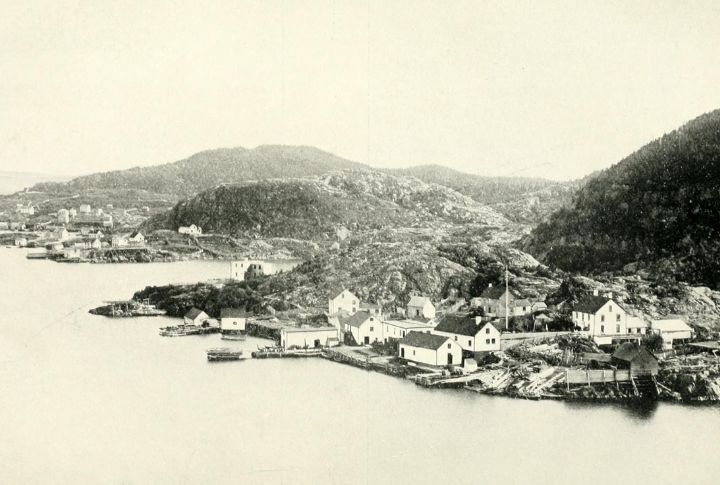
With its deep fjords and sheltered coves, Notre Dame Bay offers a backdrop strikingly familiar to Norse navigators. Local tales speak of strange ruins and ancient metal fragments buried in moss, suggesting it may have once hosted Viking anchorages or lookouts.
Sanikiluaq
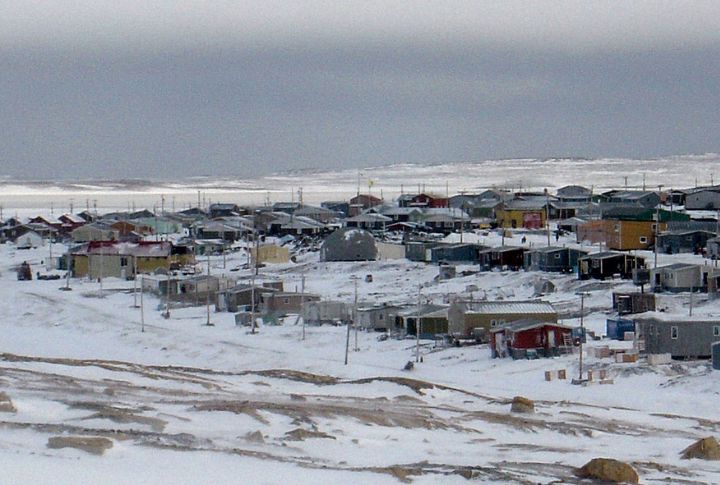
Located in the Belcher Islands, Sanikiluaq lies in Hudson Bay’s icy grip. No Viking ruins have been confirmed here, but Inuit lore recalls outsiders arriving by ship generations ago. Its strategic position and sheltered waters might have tempted Norse scouts to seek safer Arctic passages.
Hamilton Inlet

Stretching inland from the Labrador Sea, Hamilton Inlet served as a natural corridor deep into indigenous territory. Its length, shelter, and access to inland resources align with known Viking exploration patterns. Hence, it’s a likely candidate for Norse forays into Labrador’s interior frontier.
Deception Bay
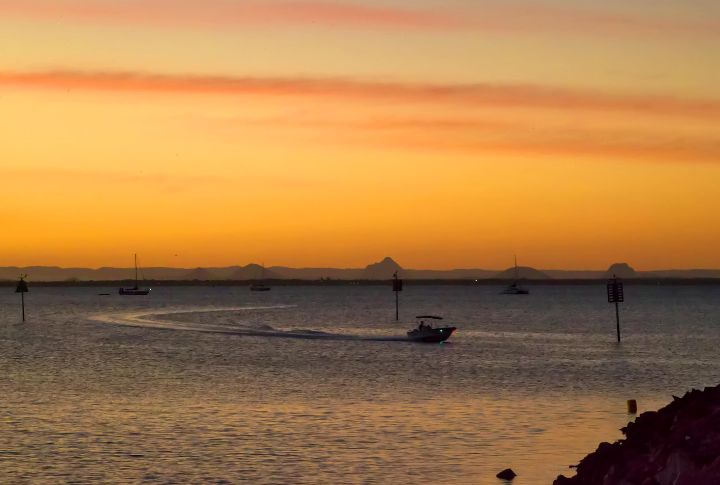
Deception Bay offers a sheltered enclave once explored by Europeans centuries later. But whispers of earlier visitors—marked by unusual stone formations and potential iron traces—have prompted theories of brief Viking landings. Plus, its remote isolation only deepens the Norse mystery.






